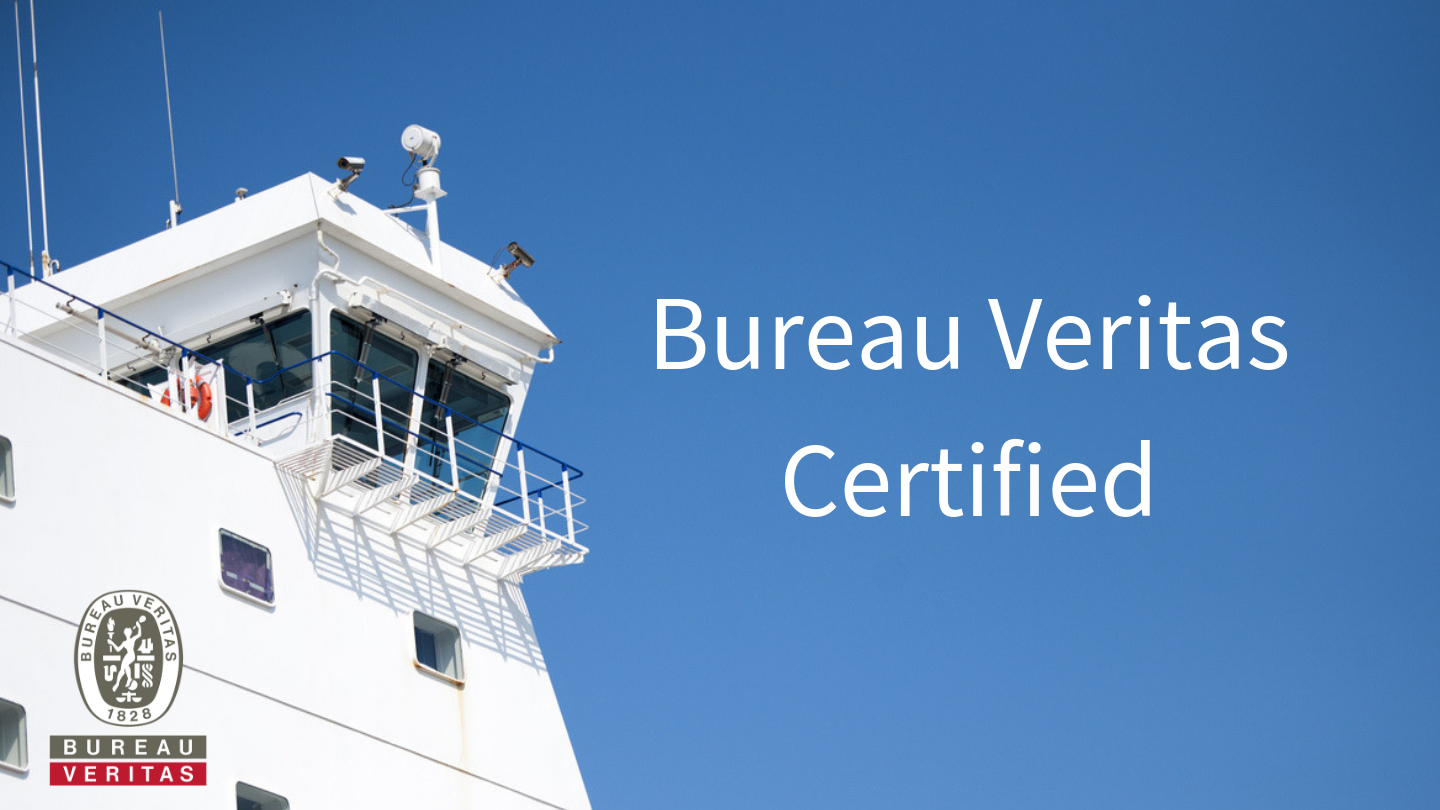Have You Ever Had Legionella?: Managing The Risks
7 January 2019
Firstly, a strange question you may think. "No, of course not" most would say, however, the chances are that you will have been exposed to Legionella bacteria at some time without knowing it, and many of you will also have been infected, as the symptoms of some strains of the virus are very similar to influenza (flu).
It is now widely accepted by the scientific and medical community that the current statistical analysis of Legionella-related illnesses is inaccurate and entirely misleading. Most people will not bother seeing a doctor for flu-like symptoms and will simply rest and self-medicate until the symptoms pass. If they do consult the doctor, in most cases, he/she will normally diagnose flu or generic respiratory condition.
There are over 40 different known species of Legionella bacteria - although Legionella pneumophila causes around 90% of all infection. One type of Legionella infection is known as Pontiac Fever, a respiratory disease with a short incubation period of 1-3 days and, usually, non-fatal but with symptoms similar to acute flu. Full blown Legionella disease, which includes pneumonia, is incubated between 2 and 10 days and can be fatal in 15 to 20% cases, with much greater risk for the elderly and people with a poor immune system.
How Is Legionella Contracted?
Legionella is transmitted by an airborne mist and can develop in still water between 20c and 50c. Legionella can also lie dormant in otherwise 'safe' water systems for several years, as it protects itself in other matter available in the water system biofilm.
Many unsuspecting people have contracted Legionella-related illness from such things as showers that have been unused for several days/weeks, from poorly treated recreational water such as whirlpool and Jacuzzis, spray from decorative fountains or water features. Technicians have contracted Legionella from standby water pumps and water tanks that have not been in recent use or appropriately treated. There are documented cases of shipyard fitters contracting Legionella and dying from contracting it whilst stripping down pumps.
“The increasing development of marine traffic has led to a rise in the incidence of legionellosis among travellers. It occurs in similar environments, especially closed and crowded, and aboard ships Legionella survives and multiplies easily in water pipes, spreading into the environment through air conditioning systems and water distribution points.”
- NCBI Legionella Risk Assessment In Cruise Ships And Ferries
However, even with enhanced awareness of the huge risks of Legionella cases on board ship, there is still a real lack of knowledge at both ships management and crew level. The operational risk is significant but the corporate risk for cruise operators is immense. There have been recent cases of Legionnaire’s Disease on board major US and European cruise ships – including a top 3 cruise company and major UK tour operator.
How often and where do people catch Legionella?
It can happen in many places. Lucion Marine, a specialist in Legionella prevention and WSP’s, had a client who stayed at a 5-star hotel in Shanghai at the beginning of January. The hotel had been quiet over the Christmas period, meaning a lot of rooms had been empty for at least one or two weeks. Immediately after arrival, the client took a shower to freshen up. Within 12 hours he began showing respiratory symptoms. The client had travelled from Europe for a week-long training course so he attended the course in spite of these symptoms. He met over 30 people each day, none of whom developed similar symptoms and he would go to bed at 6pm to try and sleep off the symptoms. By the end of the week he had greatly improved, however, he reported his breathing was poor for over 2 months, particularly with wheezing at night time. On reflection, it is very likely that the client was suffering from the legionellosis related Pontiac fever, which can only be detected by specific tests.
A few years ago, the fatality of a cruise ship Captain from Legionella may have been caused by something as simple as putting on the bridge windscreen washers, where the water had been sitting in the pipes for some days. At a recent EU SHIPSAN (www.shipsan.eu) meeting it was highlighted that Legionella cases are much more prevalent on passenger ferries than on cruise ships as the cabin showers are used infrequently meaning water can be sitting in the pipes for days. Experts in the industry are aware of Legionella cases that occur but never make the news as they are quickly settled out of court, to avoid any bad publicity.
Which Vessels Can Be Affected By Legionella?
All types of ships can be affected. Container ships, for instance, have large potable storage tanks that are not used much, also they may have skin tanks which stops the ships water system keeping the cold-water temperature below 25c in the tropics. Off-shore accommodation ships are known to have had several cases of Legionella after being laid up and re-commissioned without the proper attention to potable water safety.
What Should Ship Owners/Operators Do?
Legionella can be designed and managed out of vessels. Prudent operators should consult with Legionella prevention specialists, such as Lucion Marine, who can review piping systems, procedures and advise on the most suitable water safety management plan. These plans must be able to be effectively managed and audited by the Technical and Hotel team, who would update their risk assessments as required. This operation can then be verified for compliance by a suitably accredited Hotel and Marine Legionella prevention company.
There also needs to be more public, scientific and medical awareness related to the causes and symptoms of Legionella infection before accurate reporting is possible and better statistics can be generated. Ensuring teams and ship visitors are aware of the symptoms and how to prevent legionella exposure is key to safeguarding.
In addition, regulators need to make operators responsible for legionella control. For example, UK legislation dictates that hotels require a legionella risk assessment and that other relevant documents are in place and reviewed regularly and/or when significant system changes are made.
Clearly, similar requirements should be in place internationally for hotels and ships. The EU has established and funded the development of SHIPSAN with the objective of implementing common, European-wide, ship health and hygiene standards. The development and implementation of WSP’s is an integral part of the best practice guidance within the SHIPSAN manual. It is very likely that other major port health authorities such as USA, Brazil, Australia, and Canada will adopt similar requirements for water safety plans in the near future. It is also understood that the Chinese authority responsible for port health is already considering the adaptation and implementation of the SHIPSAN guidance.
Legionella Risk Assessments & Prevention
A Legionella risk assessment should be included in ship repair specifications and shipyards should be aware of the risks before the ship arrives at the yard.
Cruise ships generally have relatively effective water safety systems and procedures in place which have developed somewhat organically over the years. On most ships there will be regular monitoring of water temperature and sampling in place but the biggest advantage for ships in the fight against Legionnaire’s Disease has been the requirement for systematic chlorination of potable water. This has perhaps helped mask many other issues that abound in ships water systems – particularly the older ships.
Water Safety Plans
Ships should implement a Water Safety Plan (WSP) as recommended by the WHO Water Safety Guidelines. This plan should cover all potential risks and should be reviewed and improved on a regular basis with regular risk assessments supported by independent auditors. WSP’s MUST be based on individual vessel risk assessment and not, as is usually the case, a generic set of broad guidelines. It must also be ‘owned’ by the ship’s management.
WSP’s need to include elements advised by the WHO Guide to Ship Sanitation. It advises that there are 3 components to an effective WSP:
- System Assessments (including a description of the supply system up to the point of consumption)
- Operational Monitoring (including identification and monitoring of the control measures applied on board the vessel)
- Management and communication (including verification and programmes to manage people and processes)
Port Health authorities across the world are beginning to recognise the importance of such plans - “It will often be the case that we may have to limit our questions to just establishing whether such a plan exists”
Written by John Chillingworth, Senior Marine Principal at Lucion Marine
Lucion Marine are an international testing and survey company with the largest in-house ISO 17025 laboratory in Europe.
Lucion Marine has some of the most respected water safety specialists in the industry and can provide water safety plan audits for ships and hotels, which will add a substantial defence to any potential legionella exposure litigation.
Discover More
Want to know more about Water Safety Plans, Certificates of Compliance and Audits? Discover more here: Lucion Marine? Water Safety Plans.
Further Reading
NCBI - Legionella Risk Assessment In Cruise Ships And Ferries: https://www.ncbi.nlm.nih.gov/pubmed/28664708
WHO - Managing Drinking-Water Quality From Catchment To Customer: https://www.who.int/water_sanitation_health/dwq/wsp170805.pdf
WHO - Guidelines For Drinking-Water Quality: https://www.who.int/water_sanitation_health/publications/2011/dwq_guidelines/en/
Lucion Marine: https://www.lucionmarine.com/
Lucion Marine Water Safety Plans: https://www.lucionmarine.com/water-safety-plans
SHIPSAN: http://www.shipsan.eu/
Water Safety Plans: https://www.lucionmarine.com/blog/implementing-best-practices-water-safety-plans
 NexGen
NexGen
























